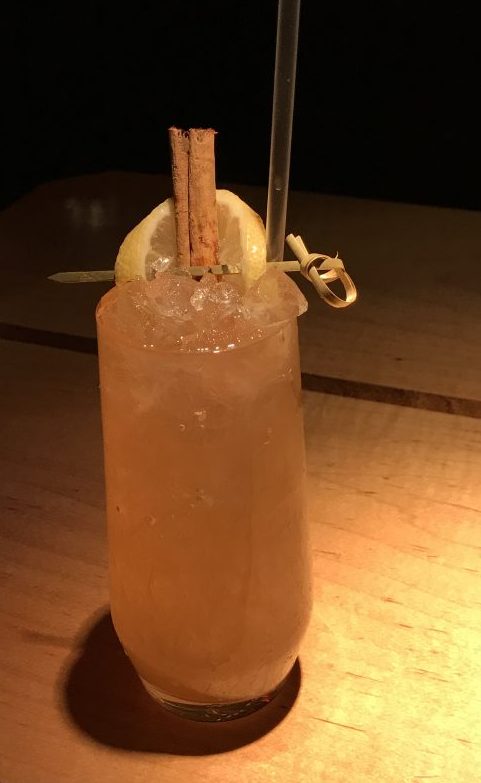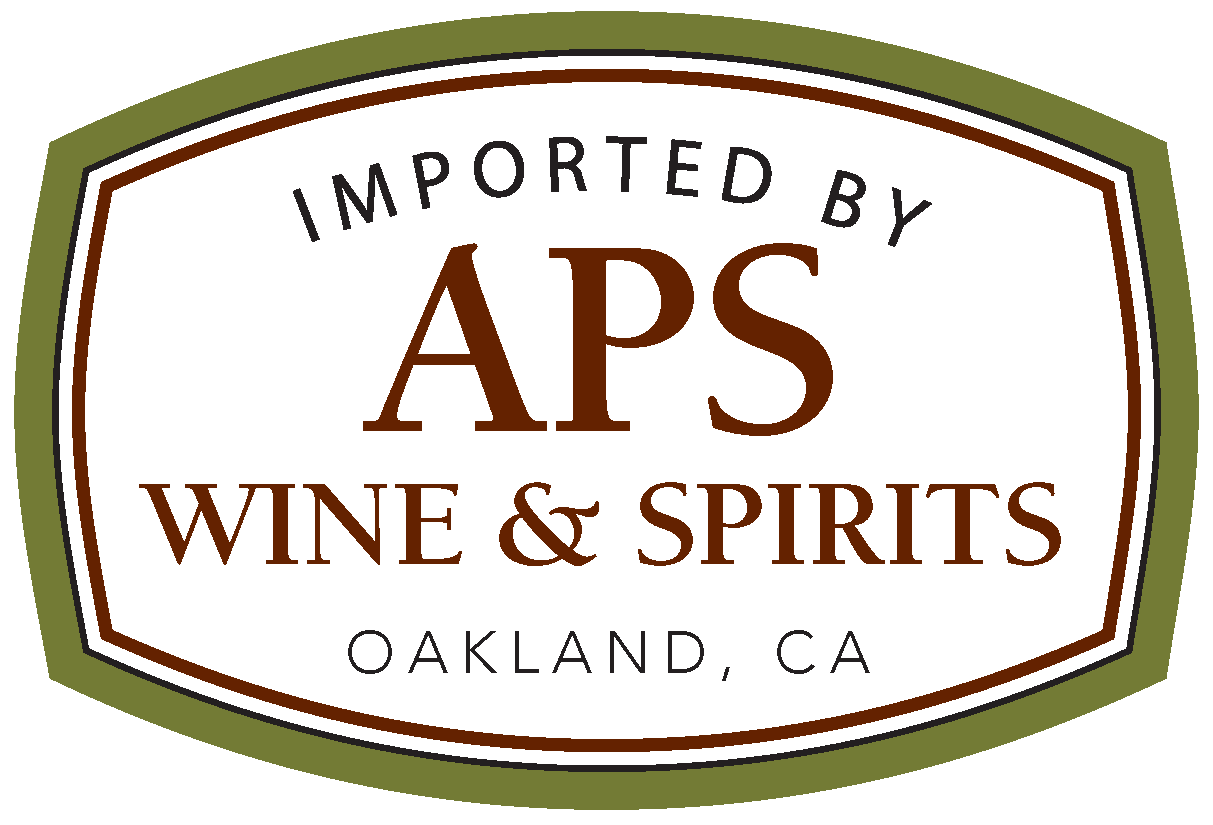AN UNCONVENTIONAL PROGRESSION
AND THE AGRICULTURAL DOGMA OF AGGAZZOTTI
Francesco Aggazzotti was born into a family of notaries and physicians. He also became a notary, graduating with a law degree in the mid 19th century. Yet, he spent more time farming his land in Colombaro di Formigine, than certifying deeds. His fascination with agriculture became his life’s work and eventually the modern family of world-class craftsmen.
Azienda Agricola Aggazzotti is a family‐run estate that has occupied the same farmlands in the tiny Modenese town of Colombaro di Formigine since 1714. In 1811, Francesco Aggazzotti was born here, and although he trained for the law, it was in farming where his talents truly lay. Both a traditionalist and a modernist, Francesco had a keen eye for the best of agricultural practices. His family always had made aceto balsamico (balsamic vinegar) and nocino (walnut liqeur), but he raised them up to the best in Modena. In fact, the P.D.O. regulation for Aceto Balsamico Tradizionale di Modena includes a letter he wrote in 1862 describing the proper way to make it. Francesco’s way is now the law! Since Francesco’s day, the Aggazzotti family has remained as a central figure in the pantheon of Modenese culinary heros. Indeed, this is not only the land of aceto balsamico and nocino, but also prosciutto ham and parmigiano reggiano cheese…it is hallowed land.
Today, the Aggazzotti estate is in the able hands of Ettore and Elisabetta, and their two sons. They see themselves as caretakers of Modena’s noble culinary traditions, which in turn owe so much to their own ancestors. Their focus has always been quality and tradition, so that they never have been tempted to expand their work beyond what they know so well: aceto balsamico and nocino, of course, but also the most classic wine of Modena, Lambrusco, and an extraordinary 25-year brandy made from it. And all of it, all the grapes and all the walnuts from which they make these wonders, come exclusively from the the farmlands that the family first came to in 1714. The line from the then to now is unbroken, and the house of Aggazzotti remains one of Italy’s finest culinary treasures.
In 1862 Francesco “defined” aceto balsamico, and his words have passed into Italian law as we know. A year later in 1863, he turned his attention to the study of that most typical of Modenese grapes: Lambrusco. After all, his family had been cultivating the grape in Formigine since 1714, making wine, brandy and balsamic vinegar from it. Explaining his fondness for the Lambrusco of Modena, Francesco described himself as an, “agrophile for many years by inclination and circumstances of past times and passionate about my country.” Since the Napoleonic wars, the brandy of Aggazzotti had been esteemed in both Italy and France, but Francesco, driven by native pride and piercing intelligence, wanted his to rival the finest of Cognac. Enter Lambrusco.
To make any brandy of quality, acidic, neutral young wines are required. This is as true in Modena, as it is in Cognac. For this purpose, Franceso Aggazzotti cultivated Trebbiano on the hillsides around his estate. In Cognac the grape would be Ugni Blanc, in Armagnac Folle Blanche. What the scholar Francesco discovered, however, is that the addition of Lambrusco di Sorbara (the finest of Lambrusco varieties) to the base wine gave his finished brandy a beguiling spiciness unlike any other. From Franceso to Ettore, the brandy of Aggazzotti has featured Lambrusco to the most delightful effect. Thinking about it, it makes perfect sense: the acidity and low natural alcohol of the grape lends itself so easily to distillation. With Trebbiano contributing the “classic” brandy base, Lambrusco appears as the secret weapon to give Aggazzotti’s brandy that certain “je ne sais quoi.”
Of course, the base wines are only the starting point for any brandy; they must be distilled and aged with consummate skill, and in the right environment, to evolve into a world-class brandy. Following the method established by Francesco in the 19th century, Ettore now uses a continuous alembic still and ages in barrels of Slovonian oak. Long aging in oak barrels provides a framework of tannin and structure to his brandy, and allows for the delicate process of oxidation to build complexity. In Modena’s continental climate, the resting brandy slowly loses alcohol over the years so that when ready to be bottled, only a small addition of water is necessary to bring it to 40°. The last step before bottling is blending. Ettore uses a mixed palette of barrel sizes, ranging from 225 to 400 liters, giving him several expressions of his brandy to draw upon. His result is unique in Italy: single-estate, 25-year, alembic-distilled and master-blended brandy. The watchwords here are both etheral and intense. Aggazzotti’s Venticinquanni Brandy is pure and delicate, while possessing the tantalizing spice of the Lambrusco. Descriptors like toasted hazelnut, fig, tobacco, allspice and vanilla easily come to mind. There is no finer spirit from Italy.
Nocino is Emilia-Romagna’s wonderful secret, and the Aggazzotti family has a sacred endowment of 1,400 walnut trees devoted exclusively to their unparalleled Nocino Riserva. On the feast day of San Giovanni (June 24th), the walnuts are picked when they are soft and green. Then they are carefully split and macerated with a neutral spirit in glass demijohns for a year. The demijohns are exposed to sunlight in the Aggazzotti’s open-air aging room, giving the Nocino its distinctive dark, almost black hue. After this year of maceration, the spirit is transferred to stainless tanks and blended with spices, and then aged for another four years before bottling.
Make sure you check that last bit about four years. Nocino has become very au courant these days, but the vast majority are hastily assembled “formulas” without depth, concentration or subtlety of flavor. The reason for these deficiencies is the lesser quality of walnuts and spices used, as well as the quick, mass-process manner of their production. Aggazzotti’s Nocino is a true Riserva, with a total of five years necessary to come into being. In that amount of time, other producers will have bottled their Nocinos ten times. They all want to be like Aggazzotti, but on the cheap, and that just can’t be done.
So, Aggazzotti’s Nocino Riserva is founded upon their remarkable estate-grown walnuts and their painstaking, five-year process, but what about those spices? What are they? Well, that’s a secret preserved by the family since the 1800s, and we are all just going to have to live without knowing. No worries…the living is easy when you have a bottle of Aggazzotti’s Nocino Riserva “Notte di San Giovanni” open. It’s a hard-to-resist medley of spiked walnut with a savory molten core of raisin and burnt sugar. Besides neat, we love this stirred with a brown spirit in place of a vermouth. It’s so good, and there really is nothing else like it.

“Double Dip”
Avuá Amburana Cachaça, Hamilton Black Rum, Lemon, Orgeat, Aggazzotti Nocino ~Narcbar, Standard East Village
Click the pdf for Aggazzotti Nocino Riserva cocktails Italian style
Under the new Balsamico of Modena IGP regulations (2011), individual producers in Modena must identify both the age and viscosity of their vinegar according to a proprietary symbol, Aggazzotti uses the green capsule “Capsula Verde” to identify their youngest vinegar. The grapes are Lambrusco varieties and Trebbiano. During the aging process for Capulsa Verde, large casks are partially emptied once per year and topped-off with cooked must and wine vinegar. This procedure preserves the colonies of bacteria which have formed over the years. The youngest wine vinegar is 8 years. This is the everyday cooking vinegar, ideal for salad dressings or glazes.
A denser expression of Balsamico, I Travisi rests in smaller oak barrels for 12 years. This vinegar marries well as a condiment for cold or warm preparations of fruits and vegetables and will stand-up to richer fishes or leaner grilled meats
Ettore explains the singularity of his “Affinato” DOP bottling:
“In our acetaia , or aging rooms, we still have a few barrels that belonged to Francesco Aggazzotti. It was these barrels that created the “mother vinegar” used to produce all of our other vinegars. The term “mother” refers to a colony of special bacteria that transforms the alcohol, produced by the fermentation of cooked must, into acetic acid. For our “Affinato” we choose Trebbiano grapes from hillside vines in the province of Modena because they are very sweet and acidulous and provide the perfect must. The term “Affinato,” which means “refined” in Italian, is appropriate for this special situation. We boil the Trebbiano grape must (down to 50%) then transfer it to the largest barrels of the cellar. Every winter we move the balsamico to a smaller barrel and top-off the barrel. After 18 years, the Balsamico has moved to the smallest barrel. We bottle in 100ml bottles, barrel by barrel.”
This Balsamico defines concentration, density, power. Not even a drizzle, but one single drop will magnify the tenderness of its companion.




